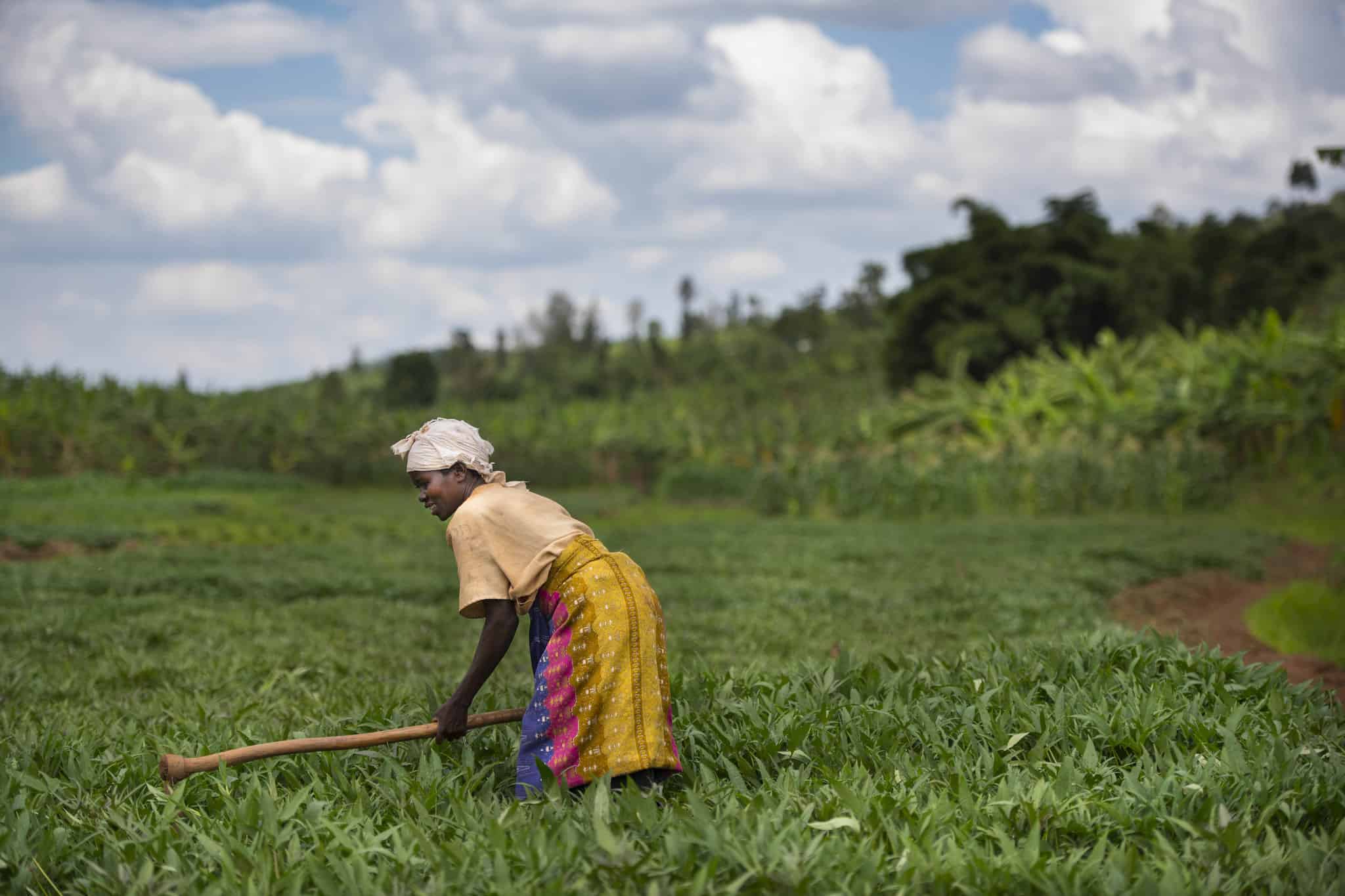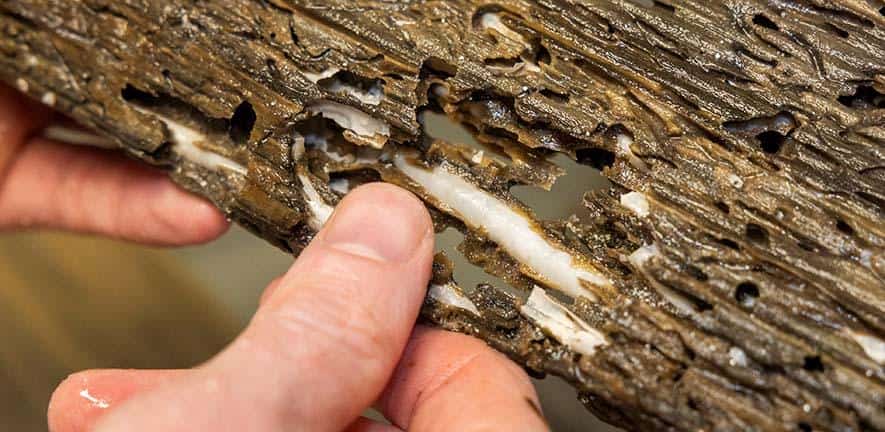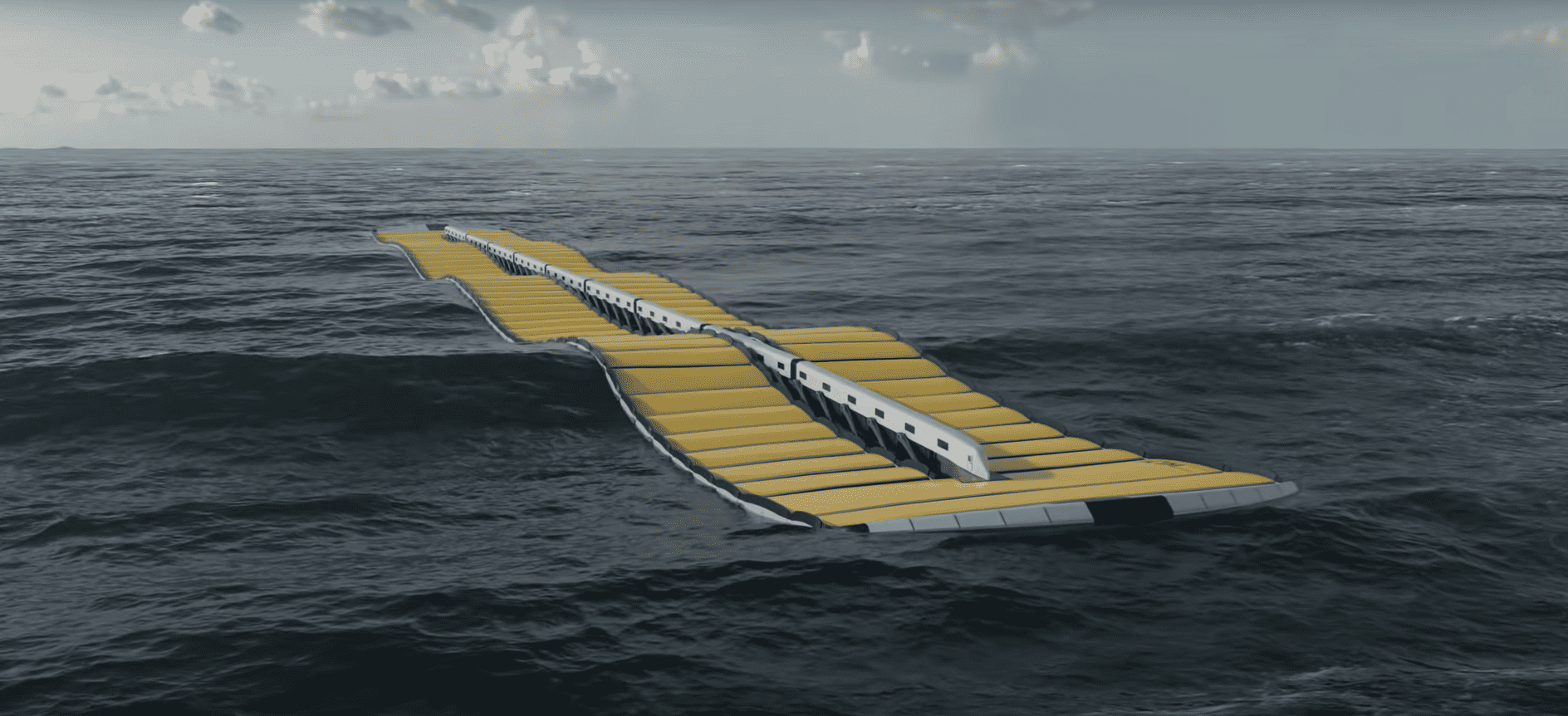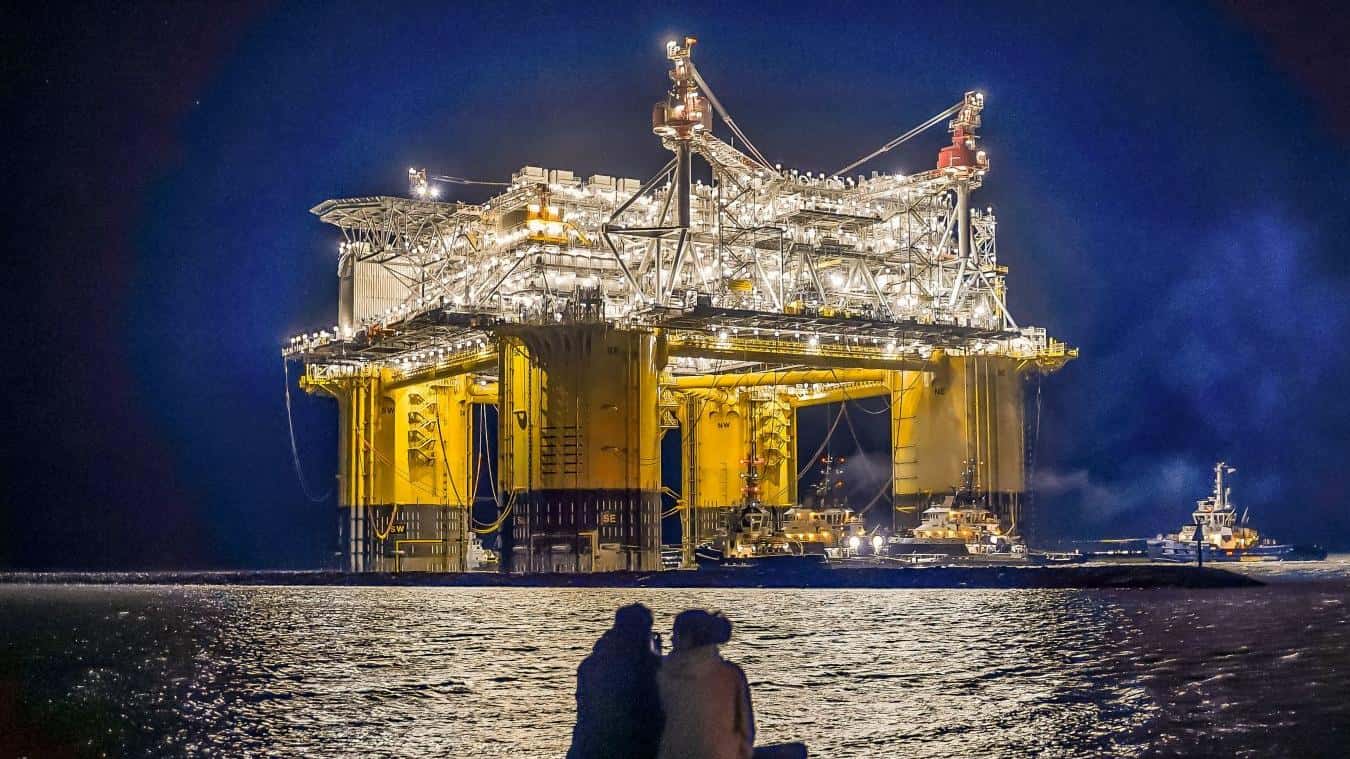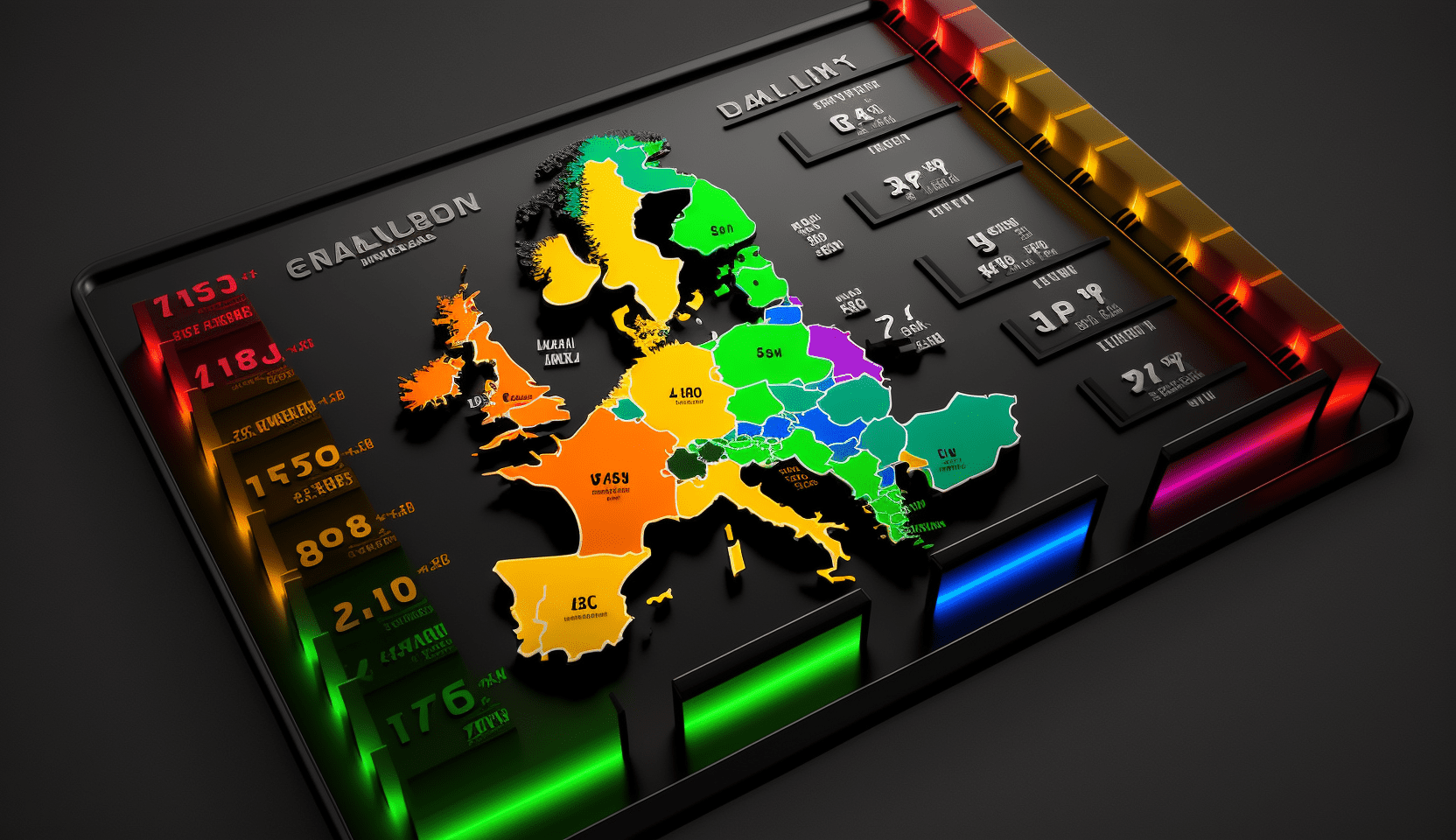
All the good things an old World War II bunker can bring, right? Thirty meters below ground, near the London New Covent Garden food market, two entrepreneurs have been working together for several years with the British University of Cambridge on an underground farm that has great ambitions.
Their intention is not only to significantly increase production on-site over the coming years. The project also serves as an example for the whole world, according to co-founder Richard Ballard,
By 2022, Growing Underground aims to produce 60 metric tons of vegetables across an area of 528 square meters. That should be enough for 10,000 households and is 12x more than what is produced on a regular farm.
Energy and water
Vegetable cultivation takes place without soil, as the plants thrive on a kind of ‘woolen carpet’ that uses very little water. “70% less than on a conventional farm,” claims Growing Underground. Energy consumption is also low due to the great depth – which ensures few temperature fluctuations – and thanks to the energy-efficient LED lighting.
Nevertheless, energy is the one thing that still stands in the way of a global breakthrough. Ballard: “Vertical agriculture is on the verge of exponential growth due to ever-improving LED technology, the Internet of Things, cloud computing, and wireless sensors. But the really big breakthrough will come once more and cheaper renewable energy becomes available that can also be stored.”
Ballard believes vertical agriculture can make a significant contribution to the food problem we undoubtedly have in store as a result of an ever- growing global population. For a techie, the fun part is that it also requires a lot of high-end sensor technology.

A digital twin
There are 25 sensors in the underground farm that constantly track how the plants are doing. E.g., whether something needs to be done with the amount of CO2 in the air, nutrients, temperature, humidity and light. In total, 89 variables are involved. Even the speed at which the plants grow is measured, says researcher Melanie Jans-Singh from the University of Cambridge.
Jans-Singh: “The digital twin provides us with a 3D representation of the situation in London here in Cambridge. That image is even better than if you were there on site yourself. The digital twin can do much more than a human being. It can monitor, learn, give feedback and make predictions. All factors that will help increase productivity.”
A great deal of research into vertical farming is also being done in the Netherlands, such as by the company Plantlab.


